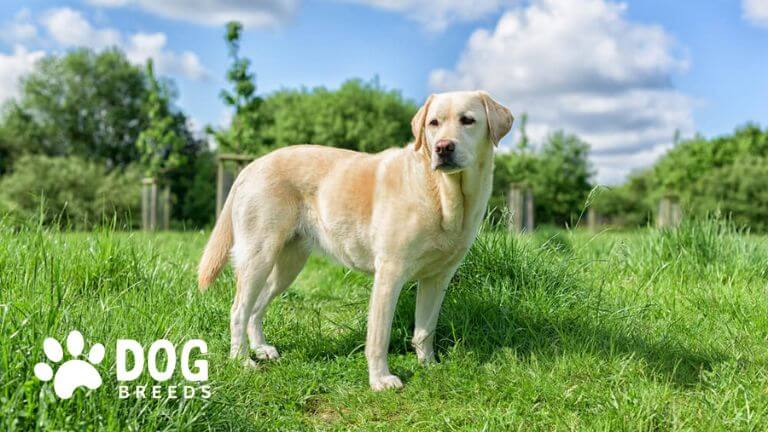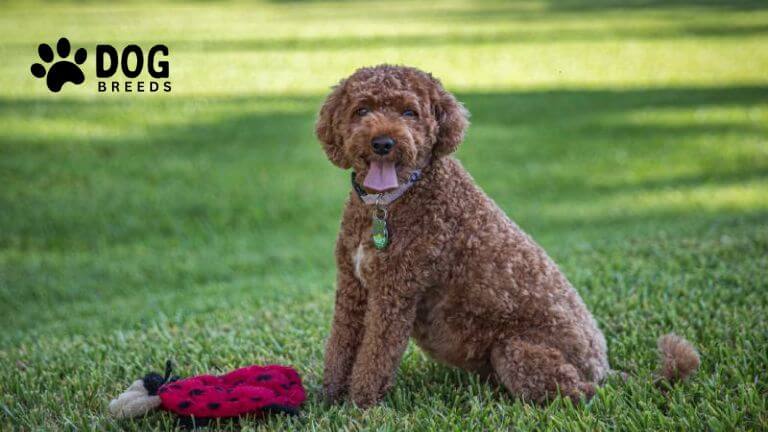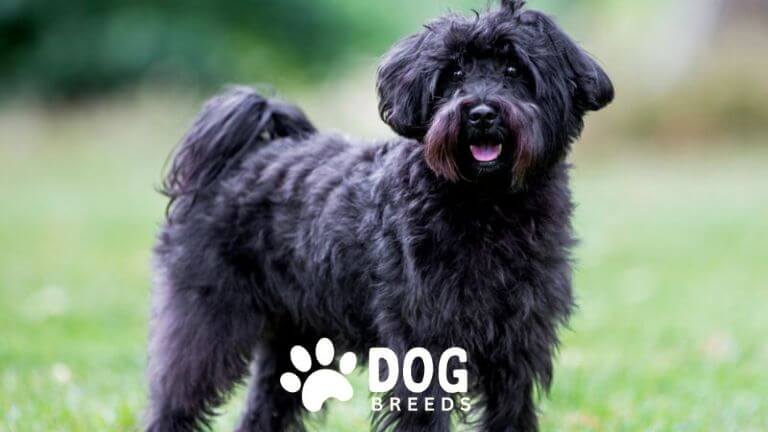Labrador Retriever Dog Breed: Traits, Care, and History
The Labrador Retriever, one of the most popular dog breeds globally, originated in Newfoundland, Canada. Despite its name, the breed has roots in the Newfoundland region, where it worked alongside fishermen retrieving nets and fish. Its qualities of intelligence, adaptability, and friendliness earned it recognition by the American Kennel Club (AKC) in 1917. Labradors are celebrated for their versatility, excelling as family companions, working dogs, and service animals.

Physical Characteristics
Labrador Retrievers are medium-to-large-sized dogs with a strong, athletic build. Their physical traits include:
- Size: Males typically weigh 65–80 pounds, and females weigh 55–70 pounds. Height ranges from 21.5 to 24.5 inches.
- Coat: A dense, water-resistant double coat.
- Colors: Black, yellow, and chocolate.
- Distinctive Features: They have a wide head, expressive eyes, and an iconic “otter tail,” which aids in swimming.
Labrador Retriever Dog Breed Overview
| Category | Details |
| Origin | Newfoundland, Canada |
| Purpose | Originally bred as fishing and retrieving dogs |
| Size | Medium to large |
| Weight | Males: 65-80 lbs (29-36 kg) Females: 55-70 lbs (25-32 kg) |
| Height | Males: 22.5-24.5 inches (57-62 cm) Females: 21.5-23.5 inches (55-60 cm) |
| Coat Type | Short, dense, water-resistant double coat |
| Colors | Black, yellow, and chocolate |
| Lifespan | 10-12 years |
| Temperament | Friendly, outgoing, gentle, intelligent, and eager to please |
| Energy Level | High; requires plenty of exercise and playtime |
| Trainability | Highly trainable; excels in obedience, agility, and service roles |
| Best Environment | Adaptable to various living situations but thrives in homes with access to outdoor space |
| Grooming Needs | Low; weekly brushing is sufficient, but shedding increases during seasonal changes |
| Health Concerns | Hip and elbow dysplasia, obesity, progressive retinal atrophy, and exercise-induced collapse (EIC) |
Temperament and Behavior
Labradors are friendly, outgoing, and eager to please. Their temperament makes them ideal for families, children, and first-time dog owners. They are:
- Intelligent: Quick learners, which helps with training.
- Energetic: They thrive on physical activity and play.
- Social: Enjoy human companionship and get along well with other pets.
Training and Exercise Needs

Labradors are energetic and require daily exercise to stay healthy and happy. Recommended activities include:
- Exercise: 1–2 hours of physical activity daily, such as walking, running, or swimming.
- Training: They excel in obedience training due to their eagerness to learn. Positive reinforcement works best.
- Mental Stimulation: Puzzle toys, scent games, and agility exercises prevent boredom.
Health and Lifespan
Labradors generally live 10–12 years. However, they are prone to certain health conditions:
- Common Concerns: Hip and elbow dysplasia, obesity, progressive retinal atrophy, and exercise-induced collapse.
- Preventive Care: Regular veterinary checkups, a balanced diet, weight management, and proper exercise.
Care and Grooming
To keep a Labrador healthy and well-groomed:
- Coat Care: Brush their coat weekly to manage shedding. Increase brushing during seasonal shedding.
- Diet: Feed high-quality dog food appropriate for their age and activity level. Avoid overfeeding to prevent obesity.
- Seasonal Care: Protect them from extreme temperatures. In hot weather, ensure hydration and shade.
Interesting Facts
- Labradors have held the title of the most popular dog breed in the U.S. for over three decades (1991–2022).
- They are natural swimmers, aided by their webbed feet and water-resistant coats.
- Labs are frequently used as guide dogs, therapy animals, and search-and-rescue dogs due to their intelligence and temperament.
There are plenty of dog breeds to suit all kinds of lifestyles and homes. With a little research, you can find your next best friend!
Conclusion
The Labrador Retriever is an exceptional breed renowned for its intelligence, friendly nature, and versatility. Whether as a loyal family companion, a skilled working dog, or an eager participant in outdoor activities, Labradors thrive in roles that involve human interaction and activity. Their manageable care needs, coupled with their friendly and adaptable personalities, make them suitable for a wide range of households, including those with children or other pets.
Prospective owners should consider the breed’s energy levels and health considerations, committing to regular exercise, a balanced diet, and routine veterinary care. With proper training and attention, Labradors excel as loving companions who bring joy and warmth to their families. For those seeking a devoted, intelligent, and active pet, the Labrador Retriever remains a top choice for dog enthusiasts worldwide.
FAQs
Are Labradors good with kids?
Yes, Labradors are excellent with children due to their gentle and playful nature.
How much exercise does a Labrador need daily?
Labradors require 1–2 hours of exercise daily, including walks, runs, and play sessions.
Do Labradors shed a lot?
Yes, Labradors shed year-round, with increased shedding during spring and fall. Regular brushing helps manage it.
Are Labradors easy to train?
Yes, their intelligence and eagerness to please make them one of the easiest breeds to train.
Is a Labrador Retriever a good family dog?
Yes, Labrador Retrievers are excellent family dogs. They are known for their friendly, patient, and adaptable nature. Labs get along well with children and other pets, making them an ideal choice for families. Their gentle temperament and eagerness to please enhance their role as a family companion.
Is Labrador friendly or not?
Labradors are extremely friendly and social dogs. They are outgoing and enjoy being around people. Their natural temperament makes them great for first-time owners, families, and households with other pets.
Do Labs bark a lot?
Labradors are not excessive barkers. They typically bark to alert their owners or when they are excited, bored, or seeking attention. Proper training can help control unnecessary barking.
Is a Labrador a lucky dog?
Labradors are often considered lucky in various cultures because of their positive energy, loyal nature, and their role as companions and service animals. However, this perception depends on personal beliefs.
How to take care of a Lab?
- Diet: Feed them high-quality dog food suitable for their age and activity level.
- Exercise: Provide 1–2 hours of daily physical activity.
- Grooming: Brush their coat weekly and bathe as needed.
- Health: Schedule regular vet visits and keep vaccinations up to date.
- Training: Start obedience training early and provide mental stimulation.
Why do Labradors howl at night?
Labradors may howl at night due to loneliness, anxiety, or boredom. It can also be a response to sounds like sirens. Ensuring they get enough exercise, mental stimulation, and a comforting sleep environment can reduce nighttime howling.
Can I sleep with Labrador?
Yes, you can sleep with a Labrador if both you and the dog are comfortable. Many Labs enjoy sleeping close to their owners. Ensure your dog is clean and healthy to maintain hygiene.
What is the behavior problem with Labradors?
The most common behavior issues include:
- Excessive chewing due to teething or boredom.
- Jumping on people when excited.
- Pulling on the leash during walks.
- These issues can be managed with consistent training and proper exercise.
Can Labrador live alone?
Labradors can be left alone for short periods but do not thrive in isolation. They are social dogs and may develop separation anxiety if left alone for long hours regularly.
Which gender Labrador is best?
Choosing between a male or female Labrador depends on personal preferences.
- Male Labs: Tend to be slightly larger and more playful.
- Female Labs are often smaller and more independent.
- Both genders are equally loving and trainable.
At what age is a Lab full grown?
Labradors typically reach their full size by 12–18 months, but their mental maturity may take up to 2–3 years.
What is the most common disease in Labradors?
The most common health issue in Labradors is hip dysplasia, a genetic condition affecting the hip joint. Other concerns include obesity, elbow dysplasia, and progressive retinal atrophy. Regular vet care and maintaining a healthy weight can help reduce the risk.
Related Dog Breed:
- Cavalier King Charles Spaniel Dog
- Corgi Dog Breed
- Pembroke Welsh Corgi Dog
- Yorkie Pomeranian Mix (Yoranian)
- Labradoodle Dog
- Schnoodle Dog
- Vizsla Dog Breed
- Brittany Spaniel Dog
- Tibetan Mastiff Dog
- Why Are Dalmatians Not Popular? Uncovering the Truth Behind the Rarity of This Iconic Breed - April 16, 2025
- Top 15 Chinese Dog Breeds: Discover the Best Dogs from China - April 14, 2025
- Dalmatian Dog Breed: History, Care, Personality & Health - April 3, 2025







